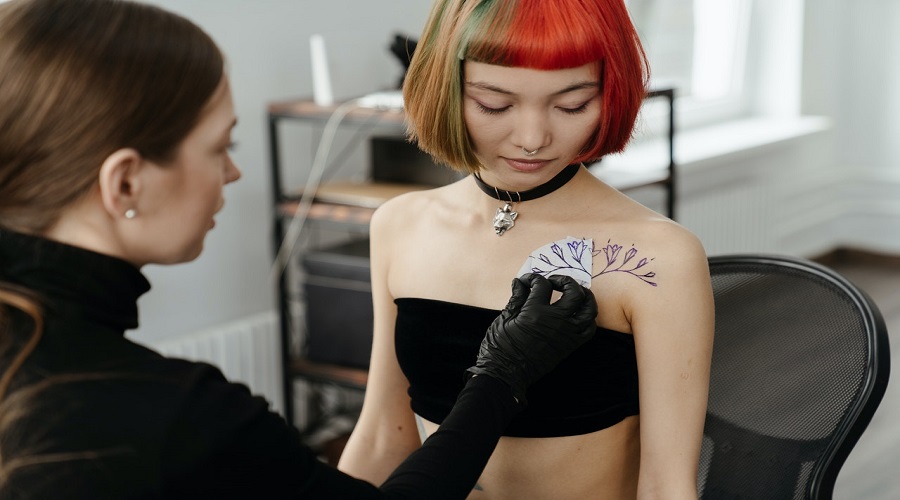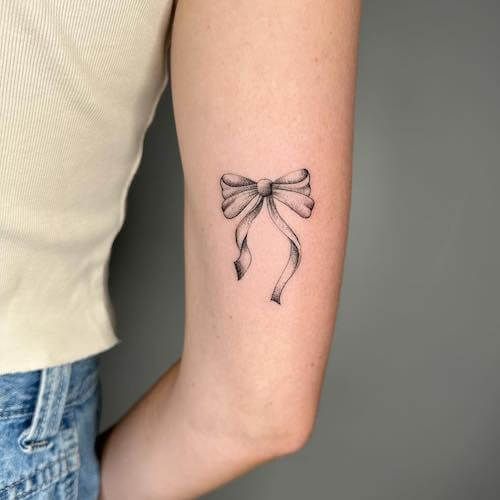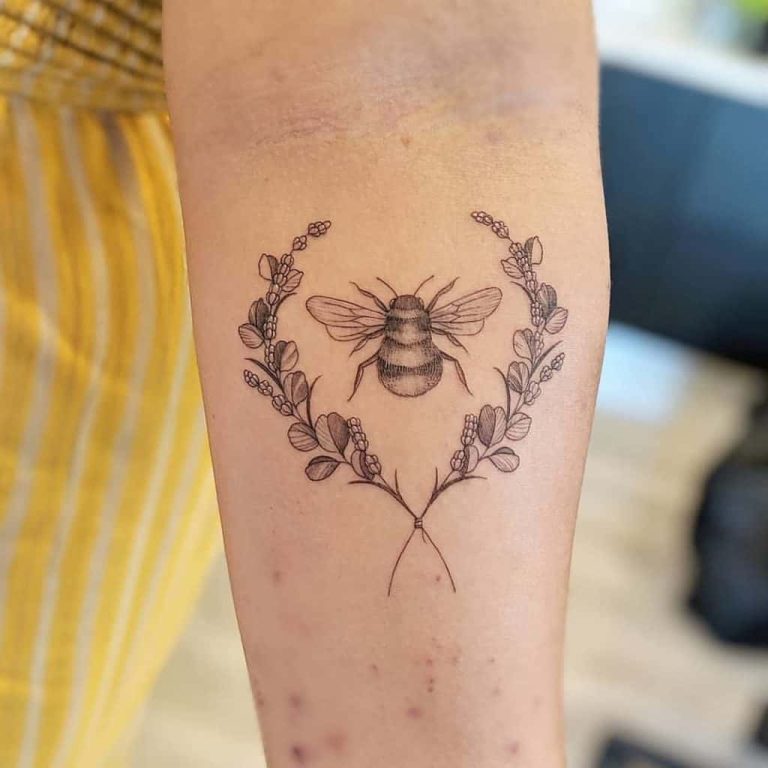Last Updated on January 1, 2025 by Sheila R. Wright
A tattoo stencil is a template used to trace the desired design onto the skin before beginning the tattooing process. The stencil is applied directly to the skin with a non-toxic transfer solution, which helps ensure that the final tattoo will be an accurate replica of the original design. When applying the stencil, it is important to use light pressure so that the lines are visible but not too deep.
Once the stencil is in place, it can be filled in with any color tattoo ink.
- Clean the area where you will be applying the stencil with rubbing alcohol to remove any oils or dirt
- Cut out the desired tattoo stencil design
- Place the stencil on the skin and hold it in place
- Trace around the stencil with a pen or marker
- Remove the stencil and check that the outline is visible
- Fill in the tattoo with ink using a needle and tube system or a professional tattoo gun

Credit: www.amazon.com
How Do You Apply a Tattoo Stencil?
Assuming you already have your design ready to go, here are the basic steps for applying a tattoo stencil:
1. Clean the area where you’ll be applying the stencil with alcohol or another antiseptic; this will help ensure that your skin is free of any oils or other substances that could prevent the stencil from adhering properly.
2. Cut out the stencil, leaving a small border around it.
If your design is complex, cut it into smaller pieces so that it will be easier to apply.
3. Apply transfer paper to the back of the stencil (if necessary). This step isn’t always necessary, but it can help if your stencil is particularly intricate or if you’re having trouble getting it to stick to your skin.
4. Place the stencil on your skin and hold it in place with one hand while you use the other hand to trace over the outline of the design with a sharpie or other felt-tipped marker. This will help ensure that you have a clear outline to work with when you start tattooing.
How Do You Transfer a Tattoo Stencil to Your Skin?
When you’re ready to apply your tattoo, the first step is to transfer the stencil onto your skin. There are a few different ways to do this, but the most common method is to use transfer paper.
Transfer paper is a special type of paper that’s coated with a release agent.
This allows it to easily release the stencil from the paper when it’s applied to your skin.
To use transfer paper, simply place the stencil on the paper and rub over it with a pencil or pen. The pressure will cause the release agent to transfer onto your skin along with the stencil.
Once the stencil is transferred, you’re ready to start tattooing! Just follow your usual tattooing procedures and you’ll have no problems applying your new tattoo.
What Side of Tattoo Stencil Paper Do You Draw On?
There are a few different types of tattoo stencil paper, but the most common is thermal transfer paper. This type of paper has a waxy side and a smooth side. The waxy side is the side that you will draw your tattoo design on.
What Do You Use to Transfer a Tattoo Stencil?
There are a few different ways that you can transfer a tattoo stencil onto the skin. The most common way is to use tracing paper and a pencil. You will trace the outline of the stencil onto the tracing paper, and then place the tracing paper on the skin.
Using a sharpie or other type of marker, you will then go over the lines of the stencil on the tracing paper, which will transfer the image onto your skin.
Another way to transfer a tattoo stencil is by using tattoo transfer gel. This gel comes in a bottle with a brush applicator, and you simply paint it onto your skin where you want the tattoo.
Then, you place your stencil on top of the gel, and wait for it to dry. Once it’s dry, it will have transferred the image of your stencil onto your skin.
You can also use temporary tattoo paper to transfer your tattoo stencil.
This works in a similar way to using tracing paper – you trace your stencil onto the temporary tattoo paper, and then place it on your skin.
How To Make A Tattoo Stencil
How to Use Tattoo Transfer Paper Without Thermal Copier
Assuming you would like a blog post about how to use tattoo transfer paper:
Tattoo transfer paper is used to apply a temporary tattoo without the need for a thermal copier. The paper comes in two parts: the backing paper and the Tattoo Paper itself.
The design is printed on the Tattoo Paper, which is then placed on the skin. The backing paper is then removed, leaving the tattoo on your skin.
To use tattoo transfer paper, first make sure that your printer is set up properly.
Most printers have settings that allow you to print directly onto the Tattoo Paper. If your printer does not have this setting, you can still use it by printing your design onto regular printer paper and then tracing it onto the Tattoo Paper with a pencil or pen.
Once your design is printed (or traced) onto the Tattoo Paper, cut out each individual tattoo.
Make sure that there is at least a 1/4 inch border around each tattoo, as this will make it easier to remove later on.
Now it’s time to apply the tattoos! Start by gently cleaning the area of skin where you want to apply the tattoo with soap and water.
Conclusion
Using a tattoo stencil is a great way to ensure that your tattoo will look exactly how you want it to. Here are some tips on how to use a tattoo stencil:
1. Make sure that the stencil is placed where you want it on your skin.
2. Use a pen or pencil to trace around the outline of the stencil.
3. Remove the stencil and check to see if you’re happy with the results. If not, adjust the placement of the stencil and try again.
4. Once you’re satisfied with the tracing, use a sharpie or other permanent marker to fill in the design.
5. Allow the ink to dry completely before removing the tracing lines with rubbing alcohol or another cleanser.




